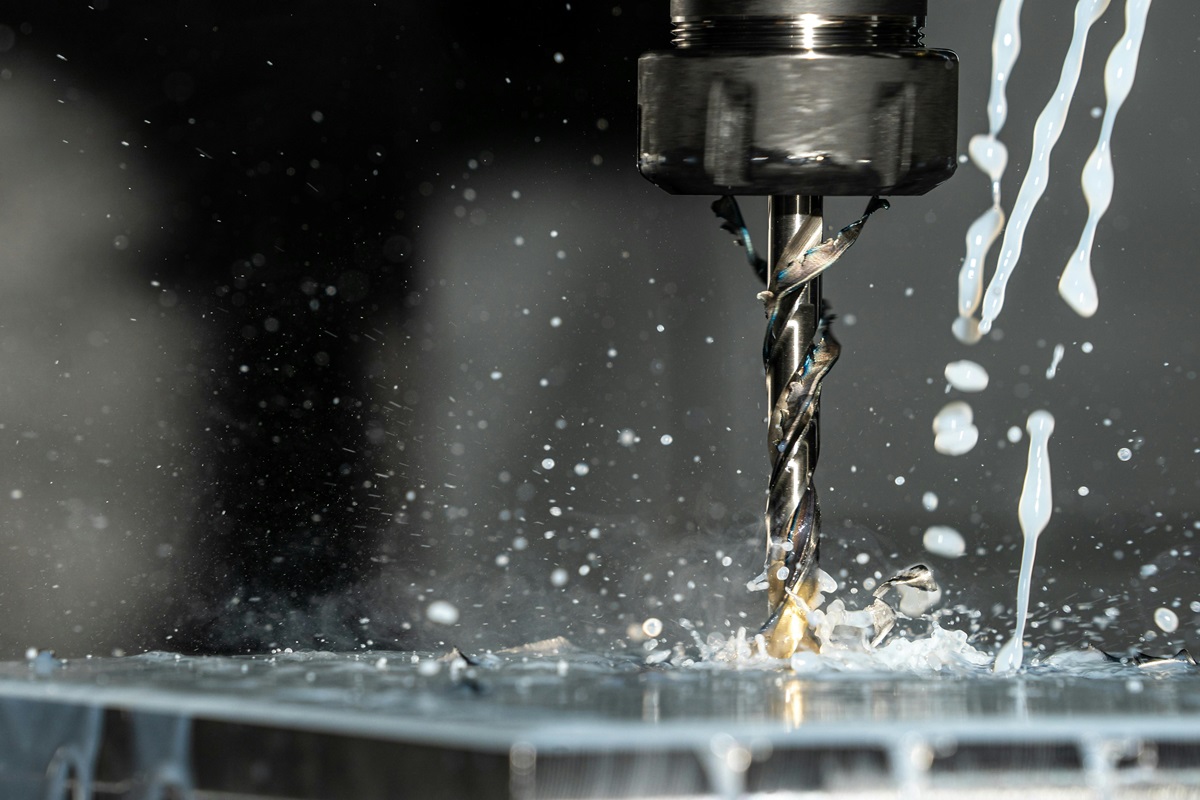In the realm of metalworking, the choice of fluids plays a crucial role in ensuring optimal performance, efficiency, and the longevity of both tools and workpieces. Two primary types of fluids dominate this landscape: cutting oils and coolants. While both serve to facilitate metalworking processes, they differ significantly in composition, application, and effectiveness. Understanding these disparities is essential for selecting the right fluid to meet specific machining requirements. In this comprehensive guide, we delve into the dissimilarities between cutting oils and coolants to aid metalworkers in making informed decisions.
Cutting Oil: Lubrication Meets Cooling
Cutting oils, also known as cutting fluids or neat oils, are formulated primarily to lubricate the cutting tool and workpiece during machining operations. These oils form a protective film over the cutting edges, reducing friction and heat generation. The composition of cutting oils typically includes mineral oils, synthetic esters, or vegetable oils blended with additives for enhanced performance.
Functions of Cutting Oils:
1. Lubrication: Cutting oils minimize friction between the tool and workpiece, preventing wear and extending tool life.
2. Cooling: By dissipating heat generated during cutting, these oils help maintain workpiece integrity and dimensional accuracy.
3. Chip Removal: They aid in flushing away metal chips from the cutting zone, preventing chip recutting and tool damage.
4. Corrosion Protection: Cutting oils form a protective barrier against corrosion, preserving the machined surface’s quality.
5. Surface Finish Enhancement: Proper lubrication and cooling contribute to achieving superior surface finishes on machined parts.
Coolants: The Cooling Specialists
Coolants, also referred to as cutting fluids, differ from cutting oils in their primary function, emphasizing cooling over lubrication. These fluids are water-based solutions containing various additives for lubrication, rust inhibition, and microbial control. While some coolants are used in their concentrated form, others are diluted with water to achieve the desired coolant concentration (typically measured in percentages).

Functions of Coolants:
1. Heat Dissipation: Coolants excel in absorbing and carrying away heat from the cutting zone, preventing workpiece distortion and tool overheating.
2. Chip Flushing: Similar to cutting oils, coolants aid in evacuating metal chips, reducing the risk of chip entanglement and tool damage.
3. Reduced Friction: Though not as effective as cutting oils, certain coolant formulations offer lubricating properties to minimize friction and tool wear.
4. Corrosion Prevention: Additives in coolants provide corrosion protection, safeguarding both tools and workpieces from degradation.
5. Environmental Considerations: Water-based coolants are generally more environmentally friendly compared to cutting oils, offering easier disposal and reduced health hazards.
Key Differences in Application
The choice between cutting oils and coolants depends on various factors, including the machining process, material being worked on, and specific performance requirements. Here are some key considerations when selecting between the two:
1. Material Compatibility: Certain metals, such as aluminum and titanium, may require specific types of fluids due to their chemical reactivity. Coolants are often preferred for non-ferrous metals to prevent staining and corrosion.
2. Machining Operations: While both fluids are suitable for general machining tasks, cutting oils are favored for operations involving heavy-duty cutting, such as turning and milling, where lubrication is critical. Coolants, on the other hand, excel in high-speed machining and drilling applications where heat dissipation is paramount.
3. Tool and Workpiece Materials: When machining hardened steels or alloys, cutting oils are preferred to withstand the higher temperatures generated during cutting. Conversely, coolants are ideal for softer materials where heat buildup is less of a concern.
4. Environmental and Health Regulations: Coolants are generally favored in industries where environmental regulations are stringent due to their water-based nature and lower health risks compared to cutting oils, which may contain hazardous chemicals.
Frequently Asked Questions
1. Can I use cutting oil as lubricant?
While cutting oils are primarily designed for lubrication during metalworking processes, they may not always be suitable as standalone lubricants in all applications. Cutting oils are formulated with additives specifically tailored to provide lubrication under high-stress conditions encountered during machining operations. However, their effectiveness as general-purpose lubricants outside of metalworking scenarios may be limited. Additionally, cutting oils may contain additives or properties that could be detrimental to certain materials or components. Therefore, it’s essential to consult with lubricant specialists or refer to the manufacturer’s recommendations before using cutting oil as a lubricant in non-metalworking applications.
2. What is a good substitute for cutting oil?
Several alternatives can serve as substitutes for cutting oil depending on the specific requirements of the application:
Water-Based Coolants: Water-based coolants offer an effective substitute for cutting oil, particularly in applications where heat dissipation is crucial. These coolants are environmentally friendly, provide excellent cooling properties, and can offer some lubrication depending on the formulation.
Synthetic Lubricants: Synthetic lubricants, such as water-soluble oils or semi-synthetic fluids, combine the benefits of cutting oils and coolants. They offer superior lubrication properties while providing effective cooling, making them suitable substitutes for cutting oil in various metalworking applications.
Dry Lubricants: Dry lubricants, such as graphite or molybdenum disulfide (MoS2) coatings, offer an alternative to liquid lubricants like cutting oil. These coatings provide lubrication without the need for fluid application and are often used in applications where contamination or fluid mess is a concern.
Vegetable-Based Oils: For environmentally conscious applications, vegetable-based oils can serve as substitutes for traditional cutting oils. These oils are derived from renewable sources and offer lubricating properties suitable for certain metalworking processes.
Ultimately, the choice of substitute will depend on factors such as the specific metalworking process, material being machined, environmental considerations, and performance requirements. It’s advisable to consult with lubrication specialists or conduct thorough testing to determine the most suitable substitute for cutting oil in a given application.
Making the Right Choice
Selecting the appropriate fluid for metalworking operations requires careful consideration of several factors, including:
1. Performance Requirements: Determine whether lubrication, cooling, or a combination of both is crucial for achieving desired machining outcomes.
2. Material and Machining Process: Assess the type of material being machined and the specific operations involved to identify the most suitable fluid.
3. Cost Considerations: Evaluate the overall cost-effectiveness of each fluid option, considering factors such as fluid longevity, tool life, and maintenance requirements.
4. Environmental Impact: Consider environmental regulations and sustainability goals when choosing between cutting oils and coolants, opting for fluids with minimal ecological footprint where possible.
Conclusion
In the realm of metalworking, the choice between cutting oils and coolants can significantly impact machining performance, tool longevity, and workpiece quality. While cutting oils prioritize lubrication and chip removal, coolants excel in heat dissipation and corrosion protection. By understanding the differences between these fluids and considering factors such as material compatibility, machining processes, and environmental considerations, metalworkers can make informed decisions to optimize their machining operations effectively.
In essence, whether it’s the precision of a lathe or the intricacy of a milling operation, the right fluid can make all the difference in achieving superior results in metalworking endeavors.



